We know that many of you have been long awaiting the opening of the SVO grants program. The following is a breakdown of the current events surrounding the SVOG as well as PPP, and what to expect in the coming weeks.
Note: SBA updates their information constantly, so be sure to check out SBA web resources for the latest.
Update (March 26, 2021):
-
Organizations applying for SVOG should plan to submit a spending plan for the award as a part of the application.
-
The SBA has created a landing page for the SVOG portal and announced that the portal will open on April 8th to ALL applicants regardless of their priority group.
-
The PPP application deadline has been extended from March 31, 2021, to May 31, 2021.
Current Updates for SVOG
The SBA continues to issue new guidance almost weekly on this program, providing both clarity and confusion on various matters. But here are a few highlighted changes to the FAQs issued by the SBA:
-
Application Opening TBA – The SBA still has not announced this. The SBA has stated it will be early April.
-
SVOG or PPP? – In original guidance, and guidance still posted on the SBA’s website, the SBA stated that an entity could not even apply for both PPP and SVOG, let alone receive funding from both. However, the American Rescue Plan, which passed Congress on March 10, included a complete reversal of this rule. While some stipulations apply (can’t double count expenses), venues and museums can apply for, and receive, both a PPP Loan and a SVO grant. Once signed into law and agencies receive official word on changes, you should see the language on the SBA’s website update. PPP applications close on March 31, so arts groups should go ahead and apply for PPP and feel comfortable that they will also be able to apply for an SVO grant.
>> Update 3/15: The SBA updated its FAQs (again) on March 12 and added this: However, under the law, entities will be ineligible for a PPP loan AFTER they receive an SVOG. So, apply for PPP first! -
Public Venue Revenue Issues – Originally the SBA stated that all venues could not receive more than 10% of their revenue from federal sources, which put a hamper on public venues (e.g. municipal and university venues). That rule has changed for public venues.
-
“Gross” vs “Earned” Revenue – Priority funding for venues is based on percentage of revenue loss. The first two waves of priority funding are still reserved for groups that saw a 90% or 70% (respectively) loss in gross revenue. However, the SBA has changed the third wave of priority funding to venues who saw an earned revenue loss of 25% or more.
-
Are donations / contributions included in gross earned revenue? No. Only earned revenue should be included in calculations of gross earned revenue. Unearned revenue, including donations and other gratuitous contributions, such as foundation grants and individual gifts, should not be included.
-
Sponsorships? The treatment sponsorship revenue will receive will depend on whether an entity is a for-profit or non-profit entity. Because it represents payment made in exchange for a service (i.e., recognition or advertising), sponsorship payments (such as naming rights) received by for-profit entities will be considered earned revenue. Like the treatment afforded memberships and fundraising events, sponsorship payments received by non-profits will be considered part earned revenue and part gross revenue. In such cases, the sponsorship payment amount a non-profit receives that represents a fair market value for services in exchange (i.e. promotion, free admission, use of facilities) will be deemed earned revenue and the portion of the sponsorship payment that exceeds that amount will be deemed a contribution and thus gross revenue.
The SBA has also released a series of resources to help venues prepare for their grant application:
-
SVOG Preliminary Application Checklist (published 03-05-21)
-
SVOG Eligibility Requirements (published 03-05-21)
-
SVOG Frequently Asked Questions (updated 03-05-21)
-
SVOG Tutorial on Eligibility for Museum Operators (posted 03-05-21)
Dive Deeper: Go to the source and check out the SBA’s FAQ document for more information.
Grant Priority Group Details:
First Priority Grants – Eligibility within this priority group will be based on minimum losses of 90% of gross revenue.*
Second Priority Grants – Eligibility within this priority group will be based on minimum losses of 70% of gross revenue.*
Third Priority Grants – Eligibility within this priority group will be based on minimum losses of 25% of earned revenue.
*There is still a possibility that certain revenue items, such as capital gains, could be exempted from the definition of “gross revenue.” Stay tuned.
The SBA posted new FAQ updates on March 5th including:
An individual or business will not face any penalties for applying for an SVOG if it is later deemed to be ineligible for the program. If an entity submits an honest, good faith application for an SVOG but is denied funding for failure to meet one or more eligibility requirements, there would be no penalty and it would be free to apply for other programs they may qualify for.
An entity’s SVOG application might be denied if an entity: (i) submits an incomplete application; (ii) is attempting to commit fraud against the Federal government; (iii) fails to meet the definition of an eligible entity; (iv) lacks the required level of revenue loss; (v) possesses one or more of the disqualifying conditions identified in the Economic Aid Act; is part of a group of affiliated entities that currently has 5 active SVOG applications still pending, or (vi) all available SVOG funding has been exhausted.
Visit the SBA’s FAQ page to read the most updated guidelines.
Recap on Eligibility for SVOG
Six Types of Eligible Entities:
-
Live Venue Operators or Promoters
-
Theatrical Producers
-
live Performing Arts Organization Operators
-
Museum Operators
-
Motion Picture Theater Operators
-
Talent Representatives
Eligible Entity Requirements:
-
The entity was in business as of 2/29/2020
-
25% of more gross earned revenue loss between one quarter of 2019 and the corresponding quarter of 2020
-
Upon award of an SVO grant, the applicant entity needs to show that it has resumed or intends to resume live venue operations, managing artists, other qualifying business activities
The American Rescue Plan, adopted by Congress on March 10, added $1.25 billion to the SVOG program, bringing the total to $16.25 billion.
Current PPP Updates
Deadline for PPP: March 31
Available Funds: The SBA reports that it has approved 2.2 million new PPP First and Second draw loans, totaling $156.2 billion. There is $128 billion in PPP funds still available through the March 31, 2021 deadline.
Tweaks for Self-Employed/Gig Workers: The Biden Administration announced four additional changes to prioritize support to as many underserved small businesses and self-employed workers as possible, effective March 3, 2021.
-
Self-Employed applicants can now qualify by using their “Gross Income” on Line 7 of their Schedule C for either 2019 or 2020.
-
Small business owners with prior non-fraud felony convictions may now apply for PPP
-
Small business owners who have struggled to make student loan payments may now apply for PPP as student loan debt delinquency has been removed as a disqualifier to participating in the PPP
-
Non-citizen small business owners who are lawful U.S. residents may now apply for PPP by using their Individual Taxpayer Identification Number (ITIN) to apply
The American Rescue Plan, passed by Congress on March 10, also added over $7 billion to the PPP Loan program.


